Marek Edelman
The fighter who helped lead the Warsaw Ghetto uprising
Marek Edelman
1919–2009
On April 19, 1943, German troops prepared to round up and send to death camps the last 60,000 Jews living in the squalor of the Warsaw Ghetto. But on this Passover Eve, they came under unexpected gunfire and failed to take a single captive. It was the start of the Warsaw Ghetto uprising, the largest armed Jewish revolt of the Holocaust. The uprising’s last surviving leader, Marek Edelman, died last week at 90.
The Week
Escape your echo chamber. Get the facts behind the news, plus analysis from multiple perspectives.

Sign up for The Week's Free Newsletters
From our morning news briefing to a weekly Good News Newsletter, get the best of The Week delivered directly to your inbox.
From our morning news briefing to a weekly Good News Newsletter, get the best of The Week delivered directly to your inbox.
Both of Edelman’s parents died when he was a boy, said the London Guardian, but friends at the hospital where his mother had been a secretary looked after him. Then, in November 1940, “he found himself corralled into a ghetto in the heart of Warsaw,” surrounded by barbed wire, brick walls, and armed guards. “Initially the ghetto survived on its own resources, even running schools, clinics, and theaters. Soon, though, its inhabitants were stripped of civil rights, forced to wear the Star of David, and barred from normal work.” Nearly half a million were crammed into an area of about 3 square miles, where almost half died of disease and starvation. “Then, on July 22, 1942, the Nazis began deporting people at a rate of 6,000 a day. “Edelman knew from camp escapees that the promised ‘resettlement’ meant extermination in Treblinka.” So with others, he formed the Jewish Combat Organization, with the title of deputy commander.
Using his position at the ghetto hospital, said the London Daily Telegraph, “Edelman plucked those he thought would be useful to the rebel cause off the death transports.” The 220 conspirators divided into 22 units, “each armed with a pistol, a few grenades, and some homemade explosives.” When the Nazis came in April, the rebels opened fire from vacated buildings everywhere, forcing a withdrawal. “Over the next three weeks the fighting proved intense, with Jewish fighters killing dozens.” But the numerically superior Germans fought back, burning the ghetto block by block. “After three weeks, most of us were dead,” said Edelman. With about 50 survivors, he escaped “through the sewers that still linked the ghetto with the rest of the city,” and “emerged through a manhole in Warsaw proper” to coordinate continued resistance in the nearby forests.
After the war, Edelman went to medical school and eventually became a leading cardiologist in Lodz, Poland, said The New York Times. “For 30 years he kept his memories and thoughts about what happened to himself.” Then, in 1976, he began revealing “stark and surprising” recollections. To those who argued that it was somehow more heroic to die fighting than in the gas chambers, Edelman retorted, “These people went quietly and with dignity. It is definitely more difficult than to go out shooting.” And he disputed the use of the term “uprising,” because it falsely implied that it had some chance of success. “It was a defensive action. We knew perfectly well that we would never win,” he said. “We fought simply not to allow the Germans alone to pick the time and place of our deaths.”
Edelman never left Poland, even staying behind when his wife and children emigrated after a wave of anti-Semitism in 1968. He was active in the Solidarity movement in the 1980s. “When you were responsible for the life of some 60,000 people,” he said, “you don’t leave and abandon the memory of them.” He is survived by two children.
A free daily email with the biggest news stories of the day – and the best features from TheWeek.com
-
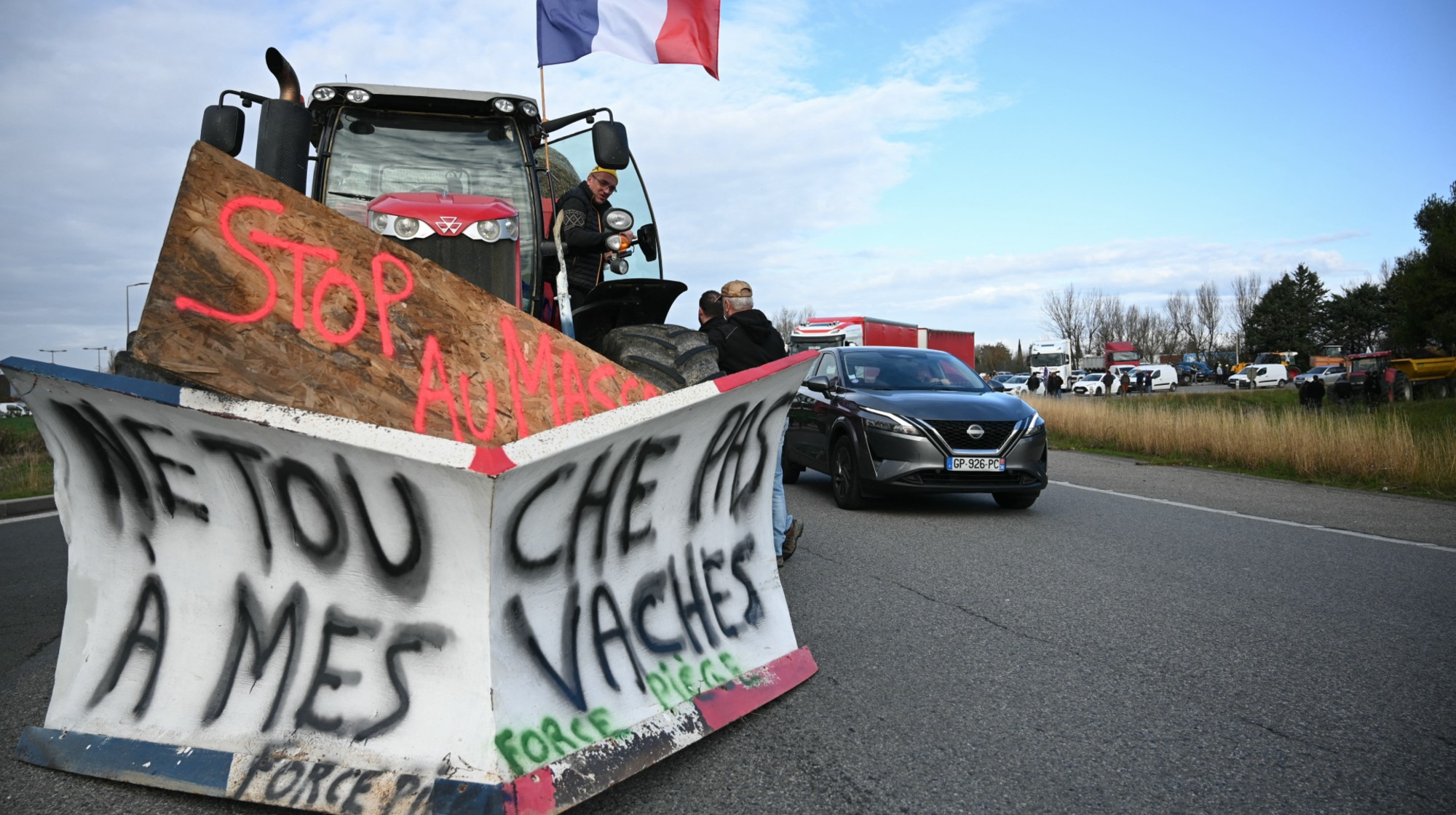 ‘Lumpy skin’ protests intensify across France as farmers fight cull
‘Lumpy skin’ protests intensify across France as farmers fight cullIN THE SPOTLIGHT A bovine outbreak coupled with ongoing governmental frustrations is causing major problems for French civil society
-
 The best books of 2025
The best books of 2025The Week Recommends A deep dive into the site of a mass shooting, a new release from the author of ‘Atonement’ and more
-
 Inside Minnesota’s extensive fraud schemes
Inside Minnesota’s extensive fraud schemesThe Explainer The fraud allegedly goes back to the Covid-19 pandemic
-
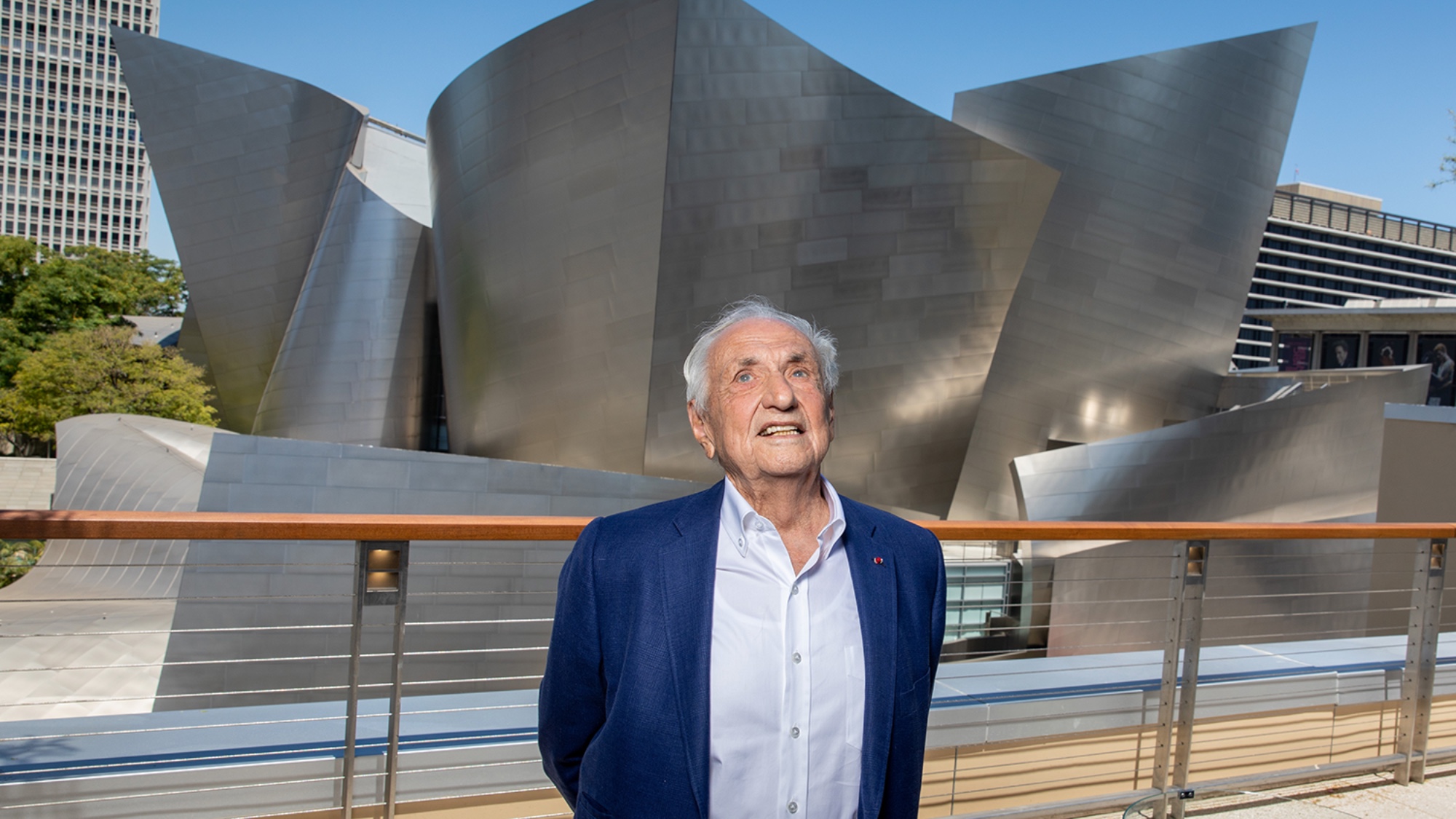 Frank Gehry: the architect who made buildings flow like water
Frank Gehry: the architect who made buildings flow like waterFeature The revered building master died at the age of 96
-
 R&B singer D’Angelo
R&B singer D’AngeloFeature A reclusive visionary who transformed the genre
-
 Kiss guitarist Ace Frehley
Kiss guitarist Ace FrehleyFeature The rocker who shot fireworks from his guitar
-
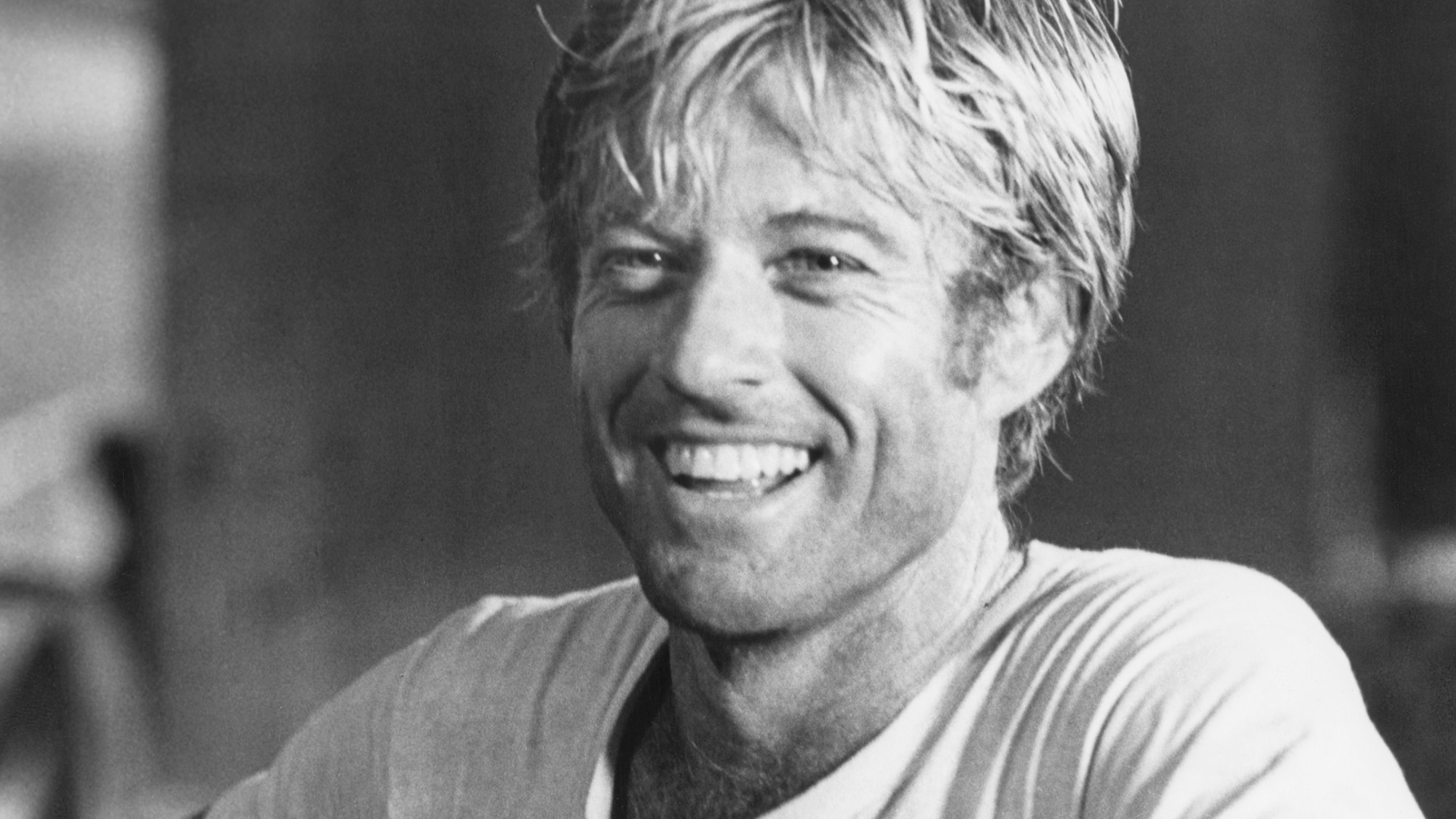 Robert Redford: the Hollywood icon who founded the Sundance Film Festival
Robert Redford: the Hollywood icon who founded the Sundance Film FestivalFeature Redford’s most lasting influence may have been as the man who ‘invigorated American independent cinema’ through Sundance
-
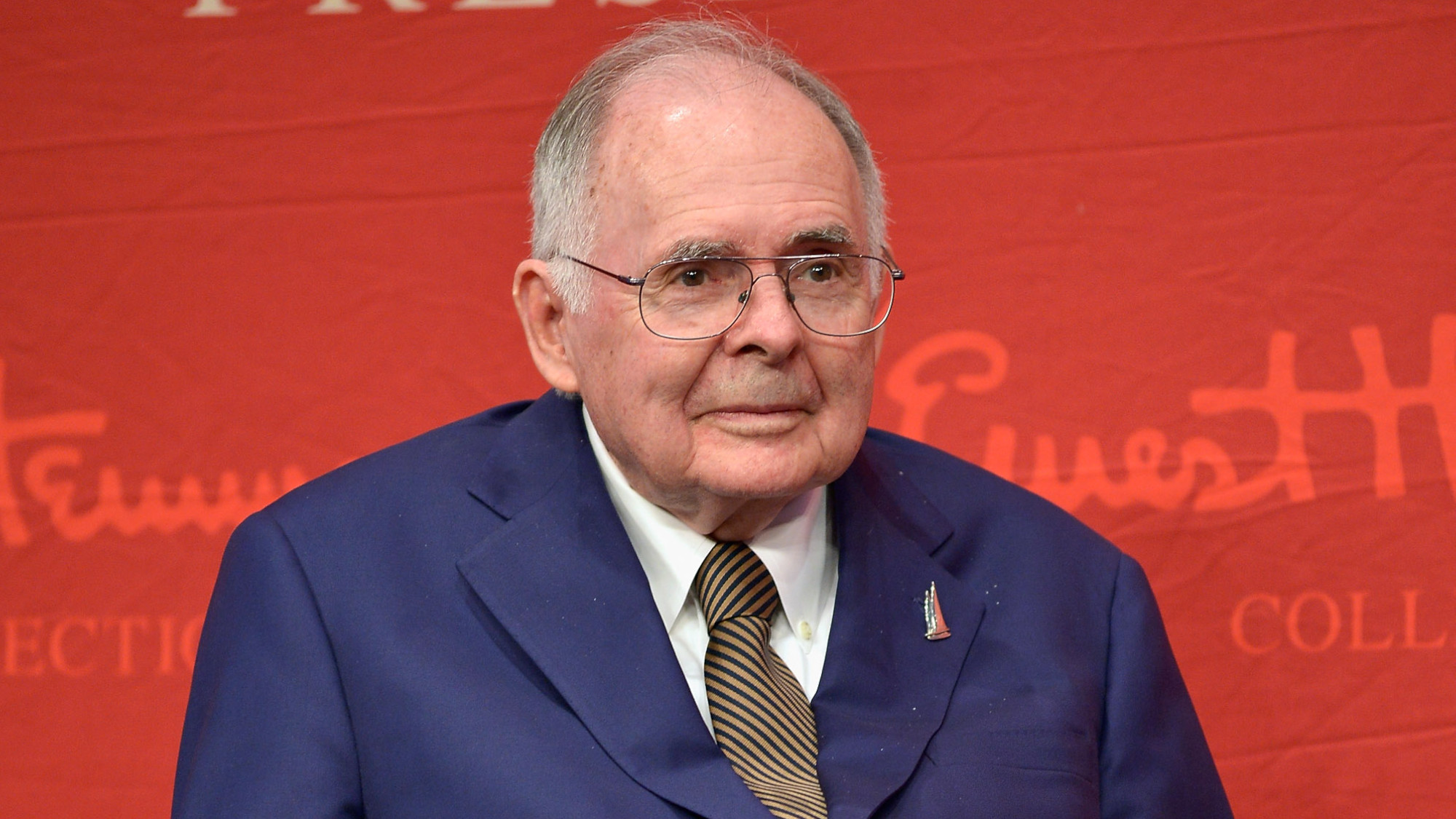 Patrick Hemingway: The Hemingway son who tended to his father’s legacy
Patrick Hemingway: The Hemingway son who tended to his father’s legacyFeature He was comfortable in the shadow of his famous father, Ernest Hemingway
-
 Giorgio Armani obituary: designer revolutionised the business of fashion
Giorgio Armani obituary: designer revolutionised the business of fashionIn the Spotlight ‘King Giorgio’ came from humble beginnings to become a titan of the fashion industry and redefine 20th-century clothing
-
 Ozzy Osbourne obituary: heavy metal wildman and lovable reality TV dad
Ozzy Osbourne obituary: heavy metal wildman and lovable reality TV dadIn the Spotlight For Osbourne, metal was 'not the music of hell but rather the music of Earth, not a fantasy but a survival guide'
-
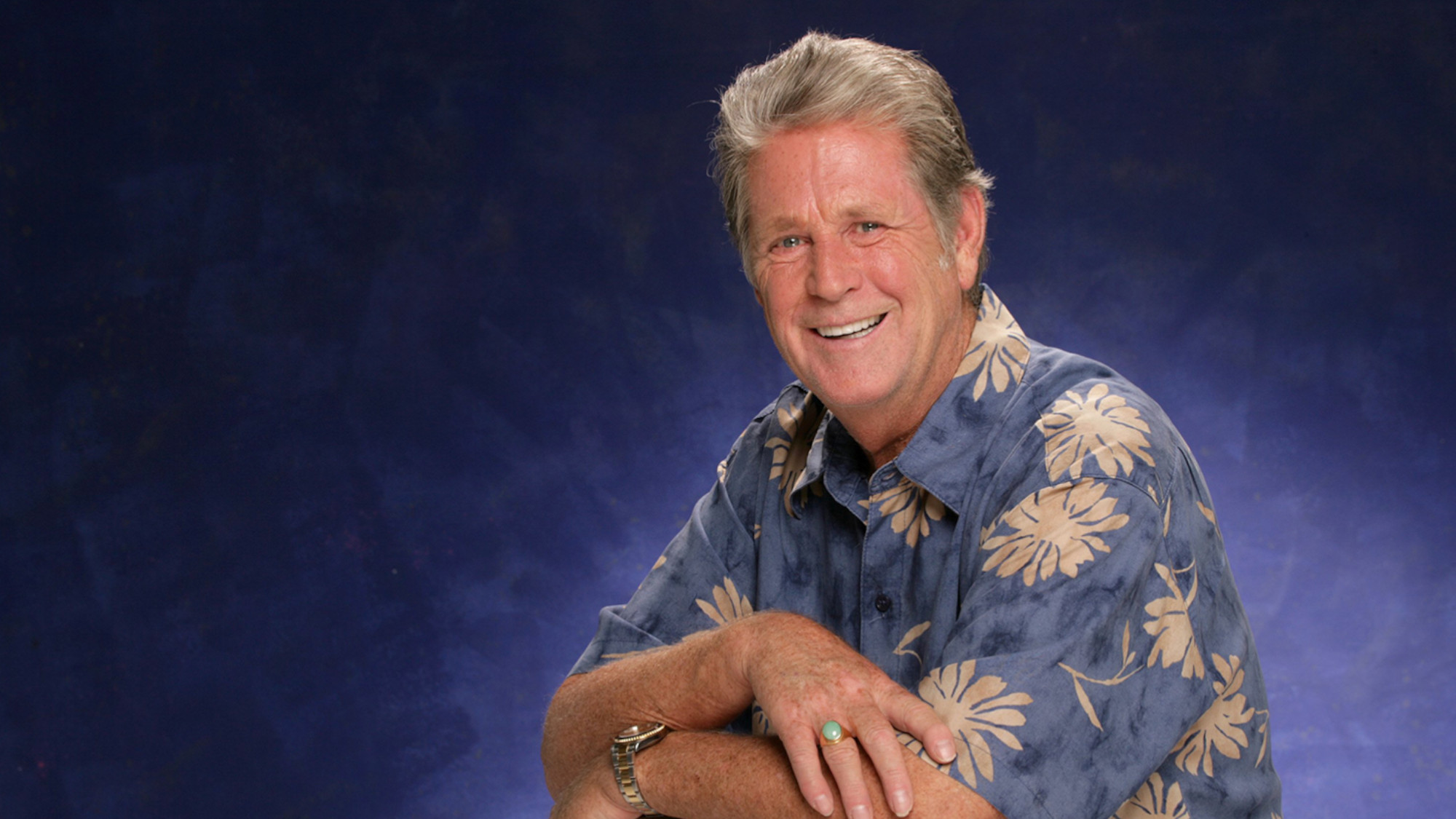 Brian Wilson: the troubled genius who powered the Beach Boys
Brian Wilson: the troubled genius who powered the Beach BoysFeature The musical giant passed away at 82